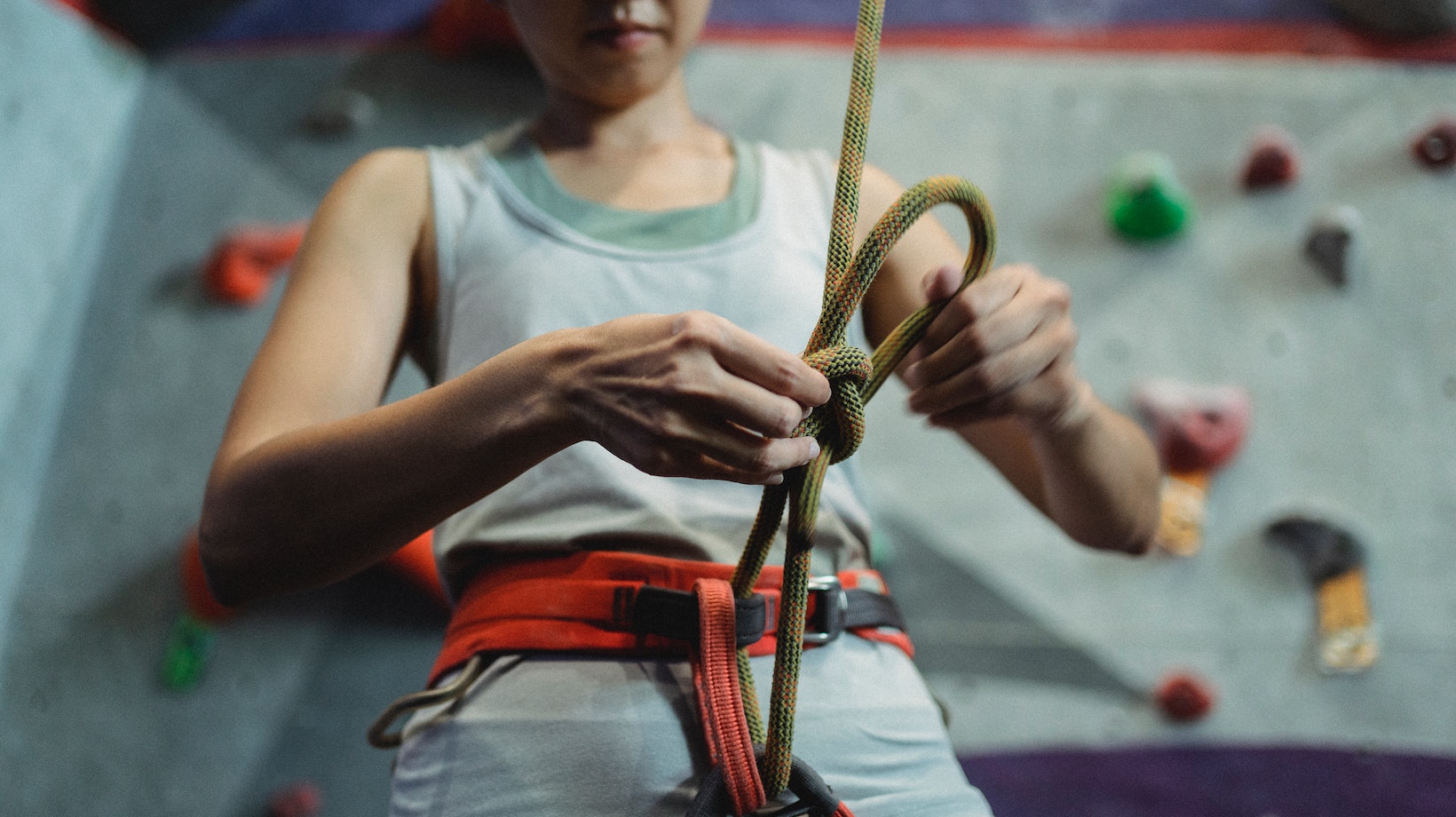
Looking for a way to tie a bracelet knot that won’t come undone? I’ve got you covered! Tying a secure knot is essential to ensure that your bracelet stays in place and doesn’t slip off. In this article, I’ll show you step-by-step how to tie a knot that will keep your bracelet securely fastened.
To begin, choose the type of knot that best suits your bracelet. One popular option is the square knot, also known as the reef knot. This versatile knot works well for most types of bracelets and offers excellent security. Another option is the surgeon’s knot, which provides added strength and stability.
Now let’s get into the actual process of tying the knot. Start by crossing the ends of your bracelet cord or string over each other to form an “X” shape. Then, take one end and pass it under the other end, creating a loop. Next, bring that same end over and through the loop you just created.
How to Tie a Bracelet Knot That Won’t Come Undone
When it comes to wearing bracelets, we all want them to stay securely in place without the worry of them coming undone. Luckily, there are a few tried and true knot techniques that can help you achieve just that. In this section, I’ll guide you through three different methods: the Simple Overhand Knot, the Square Knot, and a Slipknot Variation.
Simple Overhand Knot
The Simple Overhand Knot is one of the easiest knots to tie and provides a reliable hold for your bracelet. Here’s how you can do it:
- Start by taking both ends of your bracelet cord or string.
- Cross one end over the other to create a loop.
- Take the end that went under and pass it through the loop from behind.
- Pull both ends tight to secure the knot.
This simple knot works well with thinner cords or strings, but keep in mind that it may not be as secure with thicker materials.
Square Knot
The Square Knot is another popular choice for securing bracelets tightly. Follow these steps to tie this knot:
- Begin by placing one end of your cord or string over the other.
- Cross the end underneath and pull it through the gap between both cords.
- Take the opposite end and cross it over the first cord.
- Pass it underneath and pull it through the gap again.
- Tighten both ends evenly to form a square-shaped knot.
The Square Knot creates an attractive symmetrical pattern while providing excellent stability for your bracelet.

Choosing The Right Type Of Cord Or String
When it comes to tying a bracelet knot that won’t come undone, selecting the right type of cord or string is crucial. The material you choose will determine the strength and durability of your bracelet, ensuring it stays securely in place. Here are some factors to consider when making your decision:
- Material: Opt for a cord or string that is sturdy and resistant to fraying. Popular options include nylon, polyester, cotton, leather, and waxed cords. Each material has its own unique qualities, so choose one that suits your preferences and the style of your bracelet.
- Thickness: The thickness of the cord or string also plays a role in the knot’s stability. Thicker cords generally provide more strength and prevent slippage, while thinner ones may be easier to work with for intricate designs.
- Texture: Consider the texture of the cord or string as well. Smooth materials like nylon and polyester allow for easy manipulation and tightening of knots. On the other hand, textured cords such as leather can add an interesting visual element to your bracelet.
- Stretchiness: Some cords have natural elasticity, which can be advantageous if you prefer a slightly adjustable fit for your bracelet. Elastic cords like stretchy silicone are popular choices for bead bracelets as they allow flexibility without compromising on security.
- Color Options: Don’t forget about aesthetics! Choose a cord color that complements your design and personal style.
Remember to test different cords before settling on one type for your bracelets. Experiment with various knots using different materials to find what works best for you.
In conclusion, choosing the right type of cord or string is essential when tying a bracelet knot that won’t come undone. Consider factors such as material durability, thickness, texture, stretchiness, and color options to ensure a secure and visually appealing result.























